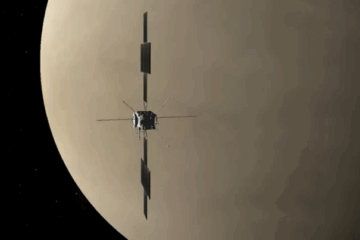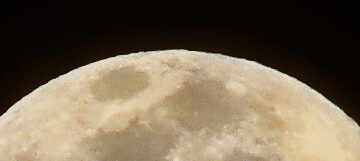On a future Mars?
Small robot ”bees” may pollinate Martian plants.
Many of us have seen the 2015 epic science fiction film, “The Martian.” An astronaut, played by actor Matt Damon, is accidentally left behind on the surface of Mars when his crewmates leave the Red Planet’s surface. Based on the novel by Andy Weir, he must face finding a way to survive, deciding to grow potatoes in the only fertilizer available, which is from the crew’s contributions to their base camp’s waste management system.
While this is a small isolated encampment on Mars, it is thought that sooner or later we humans may set-up even larger habitations, but the problem remains the same. A way has to be found to feed those who live there.
The nearly year-long trip to the fourth planet orbiting the Sun—depending on the relative positions of Earth and Mars when you go—takes time to transport food there. And it’s expensive to do so when it still costs about $22,000 USD to put one kilogram of something into space. And there is always the danger something could happen to those foodstuffs on the way, making them inedible once they arrive. Far easier to find a way to grow something at the final destination from either seeds or seedlings the crew has brought along.
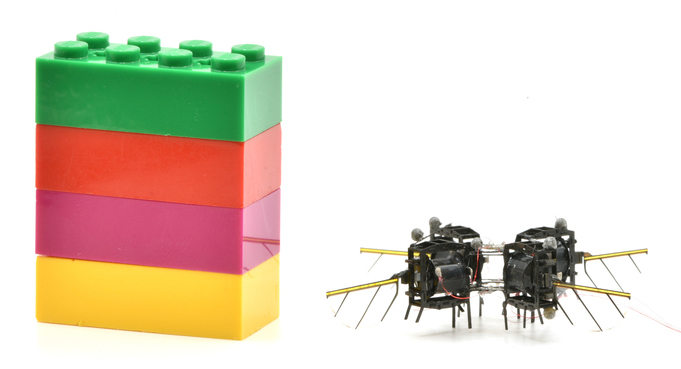
The Massachusetts Institute of Technology, known globally as MIT, has a Soft and Micro Robotics Lab (SMRL) where some research has gone into making small robots which, among other things, can mimic some insects. One of them is a “bee,” which can fly at speeds up to two meters per second. Weighing in at about the same as a simple metal paperclip, its wings can beat up to 400 times a second. This little robot insect can also flip over and even hover in one place.
There are a wide variety of insects, bees, butterflies, even moths, flies, beetles, wasps, and ants, which act as pollinators here on Earth. They take the nectar from flowers while at the same time pollinating those they take it from, leading to things we enjoy, like pears, apples cherries, oranges, etc. It’s actually a long list of things we benefit from, including vegetables, some nuts, and other crops we depend on.
SMRL point out, however, that they’re not looking to replace bees on Earth who are doing this important job for us. Instead, they’ve been thinking about other ways and places where their robot bees can be used. One idea suggested was perhaps they could be used on Mars once humans start to set up there and are growing crops.
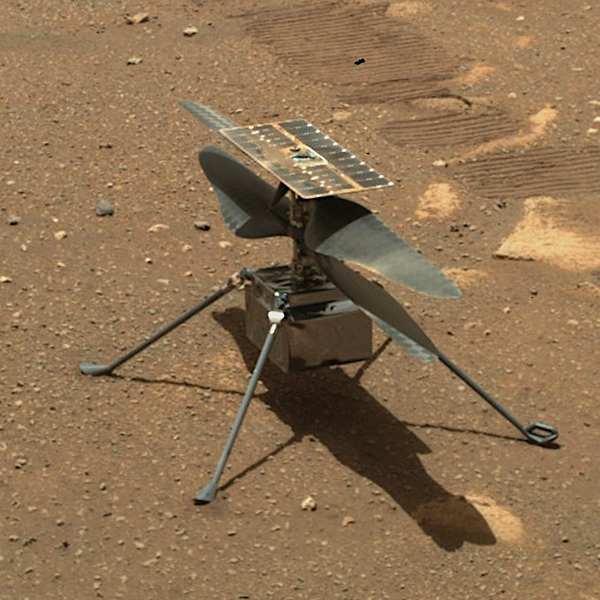
We have already seen one manmade flying object on the Red Planet in the form of NASA’s autonomous Ingenuity mini-helicopter. To fly over the Martian landscape it had specially-designed rotor blades, which enabled it to still be able to generate lift in the very thin atmosphere. In the case of these robot bees, they would probably have to be inside of gardening structures, like Mars-adapted greenhouses. That way there could be sufficient atmosphere for them to be able to fly without having to compensate for it being too thin.
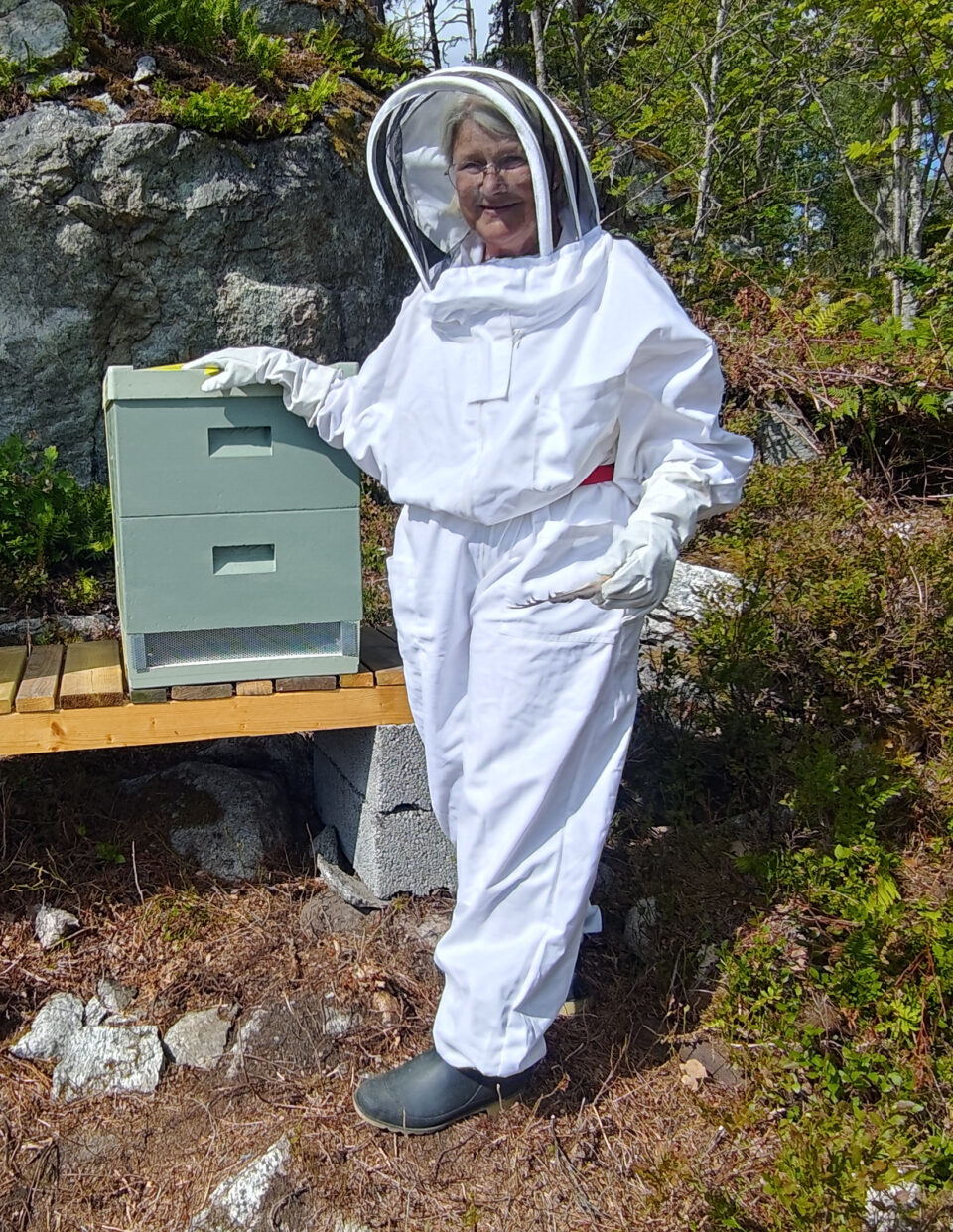
In the meantime, we can do what we can here on Earth to support pollinators, which also ties in with sustainability. This has taken an interesting turn here around our house. This summer my wife and our one next-door-neighbor, after taking a class, set up two bee hives behind our houses. Prior to that, a large part of our one side yard was designated a “butterfly garden” with lots of wild grasses and flowers for both they and the neighborhood bees.
One thing is for sure. If MIT’s robot bees, or a future variation of them, end up in a Martian greenhouse, you won’t have to wear a beekeeper’s outfit. You will, though, certainly need a conventional astronaut’s pressure suit while you cross the basecamp’s grounds in the thin CO2 atmosphere to get to it.
For more general information about MIT’s robot bees, including several videos, follow this link. The original MIT press release can be found here, and there’s more on the Soft and Micro Robotics Lab, here.
By: Tom Callen

